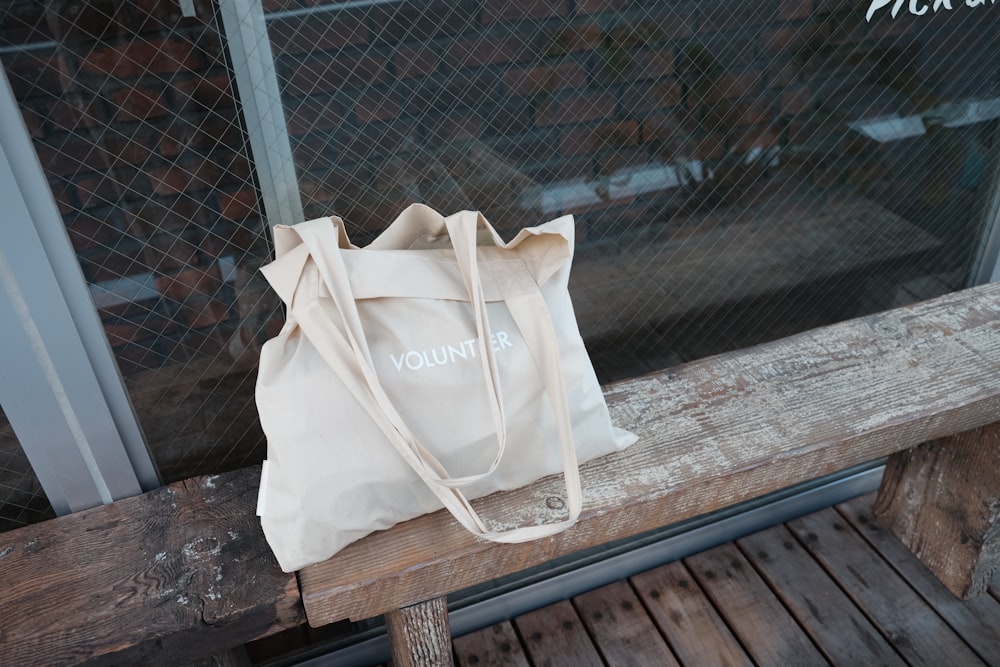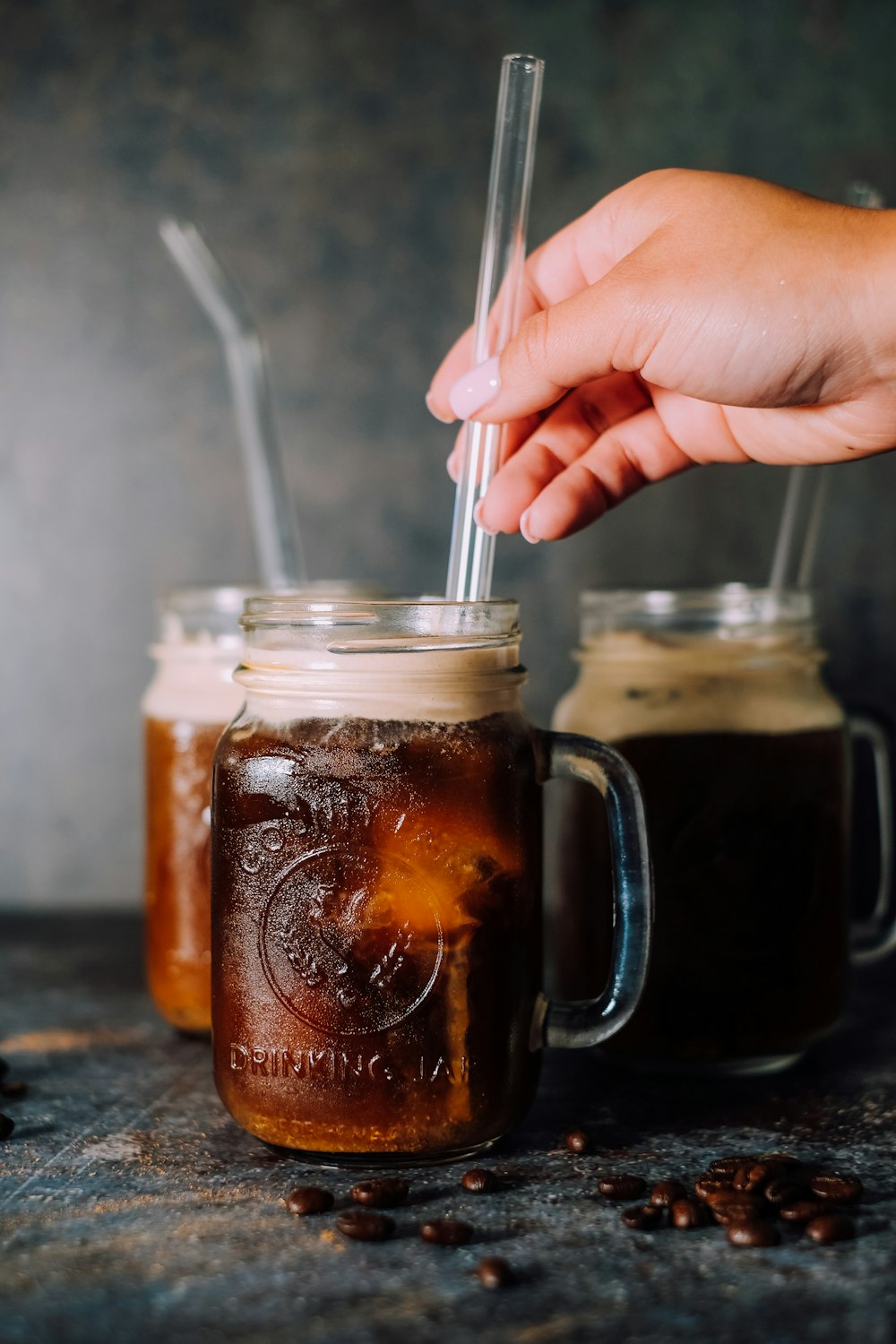Why should you rethink single-use plastic products? If you take a look around your kitchen or office right now, chances are you’ll notice you’re surrounded by plastic. There are food wrappers, take-out containers, water bottles, plastic grocery bags, disposable utensils, produce bags... These are all examples of single-use plastic products, and they’re responsible for much of the pollution in our world, and especially our oceans. Plastics harm marine animals, ecosystems, and can be hazardous to human health. Keep reading to learn more about the impact of this modern material, and how you can switch from single-use plastics to more durable products.
In this article you can find:
-
What are single use plastics?
-
Why are single-use plastics detrimental to our environment?
-
What are the most common types of plastic?
-
What about plastic recycling?
-
How can we shift from single-use plastics to more durable materials?
1. What are single-use plastics?
Single-use plastics are goods that are made primarily from fossil fuel–based chemicals (petrochemicals) and are meant to be disposed of right after use—often, in mere minutes. Single-use plastics are most commonly used for packaging and service ware, such as bottles, wrappers, straws, and bags.
Though plastic—a chain of synthetic polymers, essentially—was invented in the mid-19th century, it wasn’t until the 1970s that its popularity skyrocketed. Manufacturers began replacing traditionally paper or glass staples with lighter or more durable and affordable plastic alternatives; plastic jugs replaced milk jars, for instance.
Since the 1950s, 8.3 billion metric tons of plastics have been produced - half of that in the past 15 years alone.
There are many uses for plastic that are not only reasonable but important, such as surgical gloves, or straws for people with disabilities. But these cases make up a small fraction of single-use plastic. According to a 2017 study, more than half of non-fibre plastic, which excludes synthetic fabrics like polyester and nylon, comes from plastic packaging alone, much of which is for single-use items.
The most common single-use plastics found in the environment are, in order of magnitude:
Cigarette butts
Plastic drinking bottles
Plastic bottle caps
Food wrappers
Plastic grocery bags
Plastic lids
Straws and stirrers, other types of plastic bags,
and foam take-away containers.
These are the waste products of a throwaway culture that treats plastic as a disposable material rather than a valuable resource to be harnessed.

2. Why are single-use plastics detrimental to our environment?
The discovery of plastic has been one of the most groundbreaking innovations in our world. Thanks to plastics, countless lives have been saved in the health sector, the growth of clean energy from wind turbines and solar panels has been greatly facilitated, and safe food storage has been revolutionised. But what makes plastic so convenient in our day-to-day lives – it’s cheap – also makes it ubiquitous, resulting in one of our planet’s greatest environmental challenges.
Plastic packaging accounts for nearly half of all plastic waste globally, and much of it is thrown away within just a few minutes of its first use. Much plastic may be single-use, but that does not mean it is easily disposable. When discarded in landfills or in the environment, plastic can take up to a thousand years to decompose.
Plastic production was estimated to be 380 million tons in 2018. Since 1950 to 2018, 6.3 billion tons of plastic have been produced worldwide, and only 9% and 12% have been recycled or incinerated. Researchers suggest that by the year 2050, oceans could contain more plastics than fish in terms of weight.
Because of this, countries, organisations and citizens have felt the need to recede the usage of plastic. Through time, we've seen different innovations and new alternatives to counter the use of plastic, and substitute the one-time use of plastic.
Let's have a look at the main issues caused by plastic to our environment.
1. Plastic doesn't decompose in our lifetime - it takes about 450-1,000 years to decompose - and creates enormous pollution.
Plastic takes about 450- 1,000 years before it decomposes (some argue it will never truly decompose).
Most plastics do not biodegrade. Instead, they slowly break down into smaller fragments known as micro-plastics. Studies suggest that plastic bags and containers made of expanded polystyrene foam (commonly referred to as “Styrofoam”) can take up to thousands of years to decompose, contaminating soil and water.
Our oceans have been used as a dumping ground, choking marine life and transforming some marine areas into a plastic soup. In cities around the world, plastic waste clogs drains, causing floods and breeding disease. Consumed by fish and livestock, it also finds its way into the food chain.

2. Plastic leaches into our food and water, with components which are toxic and harmful to our health.
Plastic waste causes a plethora of problems when it leaks into the environment. Plastic bags, for example, can block waterways and exacerbate natural disasters. By clogging sewers and providing breeding grounds for mosquitoes and pests, plastic bags can increase the transmission of vector-borne diseases like malaria.
In addition, long term usage and exposure of plastics and plastic products to high temperature can lead to leaching of toxic chemical constituents into food, drinks and water.
Studies have found that the exposure to plastic particles themselves and associated chemicals poses distinct threats to the human body. Such threats may result in cancers, birth defects, impaired immunity, endocrine disruption and other ailments.

3. Plastics harm millions of sea animals' lives.
According to Sea Turtle Conservancy, over 1 million marine animals (including mammals, fish, sharks, turtles, and birds) die every year because of the plastic debris from the ocean. The current data shows that there are over 100 million tons of plastic in the ocean and it is expected to increase by 60 billion pounds by the end of the year.
High concentrations of plastic materials, particularly plastic bags, have been found blocking the airways and stomachs of hundreds of species. Plastic bags are often ingested by turtles and dolphins who mistake them for food. There is evidence that the toxic chemicals added during the manufacture of plastic transfer to animal tissue, eventually entering the human food chain.

Photo by National Geographic
For more information on the detrimental effects of plastic on our planet, the documentary The Story of Plastic - 2020, takes a sweeping look at the man-made crisis of plastic pollution and the worldwide effect it has on the health of our planet and the people who inhabit it.
2. What are the most common types of plastic?
Plastic has various of types depending on their constituents and type of materials used in their production. Below is a list of the types of most used plastics, their properties and their usage.
- Polystyrene (PS) - A synthetic aromatic hydrocarbon polymer made from the monomer known as styrene. Used for producing disposable plastic cutlery and dinnerware, CD "jewel" cases, smoke detector housings, license plate frames, plastic model assembly kits, and many other objects.

- Polypropylene (PP) – A type of plastic which is strong and semi-transparent. It is heavier and stronger than polyethylene. It is used for packaging medicine, yogurt, ketchup, beverage, etc.

- Low-density polyethylene (LDPE) - heat resistant, fragile, flexible and rigid. It is commonly used in packaging of milk, frozen foods and juices.

- Polyvinyl Chloride (PVC) - A type of heat-resistant polymer, is used for packaging fruit juice, cooking oil, etc. PVC is considered highly toxic due to the presence of chemical constituents like heavy metals, dioxins, BPA and phthalates.

- High-density polyethylene (HDPE) – The most used plastic worldwide, a heat-resistant plastic produced from petroleum. It is a major constituent of refrigerators, detergent bottles, toys, milk containers, varieties of plastic grocery bags, etc. High-density polyethylene container is generally considered safe for drink and food.

- Polyethylene Terephthalate (PET) - Type of plastic which is smooth, transparent and relatively thin. It is also called stomach plastics. It is commonly used for disposable salad dressing, juice, mouthwash, vegetable oil, cosmetics, soft drinks, margarine and water bottles production. It prevents the entrance of oxygen into it. PET is manufactured for single use plastics, and nowadays, recycled to produced other items.

3. How efficient is plastic recycling?
One of the great issues with plastics lies within the disposal of these materials. As plastics take a long time to decompose, we should have to use them for a longer amount of time. A way to accomplish this is by recycling plastic.
Plastic recycling is about taking scraps of plastic and reprocessing them for it to be useful again. The goal of this process is to lessen the pollution of plastic while not harming the integrity of its components. This process has been made to help conserve and protect the remaining resources we have.
For many, environmentalism begins with the recycling symbol and ends at the recycling bin. The simple act of throwing something away into a large box marked with a recycling sign is enough to make some of us feel like we’ve done our part. It’s like eating only half of a chocolate chip cookie– we indulge, but not that much. Similarly, our faith in the magic of the recycling bin makes purchasing and using plastic products a little more guilt-free.
But recycling is a lot more complicated, and the process of recycling plastics is significantly less transparent than the much-Googled recipe for baking cookies.
Recycling is a system dictated by market demand, price determinations, local regulations, the success of which is contingent upon everyone, from the product-designer, to the trash-thrower, to the waste collector, to the recycling factory worker.
We consumers play a much more critical role than we might imagine– depending on how we use our products and in what shape we throw them away, determines their value and quality post-use.
Recycling is critical to effective end-of-life plastic management. From the clothes we wear to the food we eat, plastic has become a household staple for families and communities around the world. Given its prominence, its low decomposition, it is essential for us to understand this material.
Only powered by knowledge can we take the necessary actions to transform our relationship with plastic and protect our families, communities and the environment.
4. How can we shift from single-use plastics to more durable materials?
A straw with your iced coffee, a plastic bag to carry your takeout, a wrapper on a candy bar: taken individually, each seems harmless. These modern conveniences are so ubiquitous—and so quickly thrown out—that they hardly register in our minds. But single-use plastics come with a steep environmental price—one that we’ll be paying off for millennia. This is why we can find alternatives as the described below to our everyday single use plastic use.
-
Use Reusable Bags for your Shopping
We all have that space tucked away in our house reserved for unwanted plastic bags. Yes, they may come in handy, but there’s also a hesitation there to throw them away immediately after receiving them (The average person uses a plastic bag for only 12 minutes before discarding it).
Rather than collecting an abundance of single use plastic bags that are not only inconvenient, but harmful to the environment, try using a reusable shopping bag. There are plenty of benefits to investing in reusable bag as saving money, saving resources, de-cluttering and saving space, durability, reliability and peace of mind.
Canvas, for example, can make a great fabric for a reusable bag. In the 1800s a designer created a bag that could carry ice and wood and was first called as an “ice bag.” This was created to be durable enough for it not to break despite carrying large volumes of items. Later, people began thinking that this bag may be used to carry other things as well like daily groceries and personal belongings.
Compared to plastic bags, reusable bags are much more durable and easier to carry since they are usually made of a high quality material, that you can bring anywhere you want without any hassle. There are a lot of reusable bags that are being sold around the world - you can even have your own customised bag to make it more fashionable and appealing to you! - and built at the same time, with nature-friendly materials.
-
Ditch the Plastic Bottle for a Thermos or Glass Bottles
Plastic bottles is on the most convenient creations in our world. It enables us to drink water even without being near a source of water. You go to the nearest convenience store, and you will have access to clean water just by opening a fridge, and getting a bottled water. The important question is, what happens after that? After the water bottle is empty, these bottles get thrown away just after one use, and are taken to either be disposed of, or recycled.
Having your own thermos or glass bottle wherever you go is greatly beneficial, most especially when you’re working, going to school, or even just having a run by the park.
The single best thing we can all do for the planet right now is to find an alternative to plastic bottles. Trade-in your plastic bottles for a reusable water bottle, a move that’s not only environmentally friendly but cost-effective too. Considering the amount of water we should be drinking daily (2-3litres), that’s an incredible amount of plastic waste per person per day. Luckily, plastic water bottle waste can easily be avoided.
If you’re someone who wants to make a change and travels locally in their home country where the water is safe to drink, I recommend getting a basic, affordable, reusable water bottle like this. Not only do you eliminate the need to use plastic bottles, but it also makes you far more aware of how much water you’re drinking, so you can make sure you get enough water every day.
-
Use bar soap and shampoo, instead of bottled ones
Liquid soaps - and hair wash and conditioners - may be more convenient since you only must press the nozzle and you can easily foam up the product. However, liquid products have plastic containers with them, and after emptying the product, the container will be disposed of right away. Instead of liquid products, use bar ones. Most bar soaps and hair washes, are packaged in cardboard boxes - a more eco-friendly solution than plastic containers - or no packaging at all.
In addition, purchasing bar items is a lot more economical since you can use them until they're really gone, compared to the liquid product that comes with a bottle. Studies further prove that bar products contain fewer chemicals, making them safer for your health, while still doing just as good a job in cleaning and preventing the spread of germs as their liquid counterparts.
-
Fancy straws? Get your own glass straws
Plastic straws are of one-time use only. It's one of the items that should be thrown away immediately because it is unhygienic to keep on using it for several times. If you like using straws, a great alternative would be to switch to glass straws because they can used as many times as you want, and they usually include their own cleaning tools.
Compared to other straws such as metal, or bamboo straws, glass straw is usually heat resistant are dishwasher safe. This makes them ideal for both hot and cold drinks. Glass straws can also be cleaned thoroughly, and reused many times.
-
Switch from plastic containers to glass containers
What is to love about glass containers? They are easy to clean, don’t retain odours or germs, and because they are clear, what you’re looking for is quickly spotted.
When replacing old - and maybe stained - plastic containers, with both new and old glass ones, you will find yourself with a pretty refrigerator and more motivation to to keep it clean and organised.
Final thoughts
The convenient qualities of plastic - low price, lightweight and easy to make - have led to a boom in the production of plastic over the past century.
We are already unable to cope with the amount of plastic waste we generate. We must rethink the way we manufacture, use and manage plastics.
Ultimately, tackling one of the biggest environmental scourges of our time will require governments to regulate, businesses to innovate, and us as individuals to act.






















Leave a comment